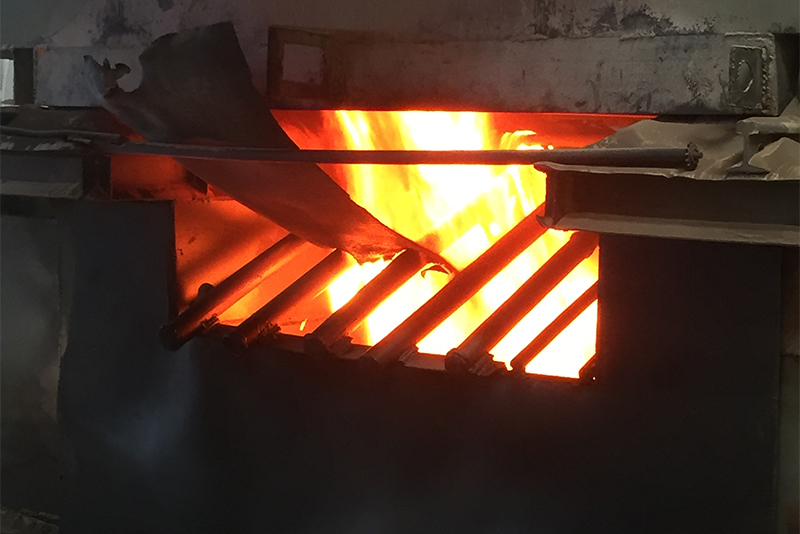Types of Sand Used in Sand Casting
Sand casting is a widely used metal casting process that involves creating a mold from sand and then pouring molten metal into that mold to produce a desired shape. The choice of sand is crucial in determining the quality and finish of the final product. Various types of sand are used in sand casting, each with its own characteristics and suitability for different applications. The most common types of sand used in sand casting include silica sand, green sand, and resin sand.
Silica Sand
Silica sand is the most commonly used type of sand in sand casting. It is made up of finely grained quartz particles and is favored for its high melting point and excellent thermal stability. The grains of silica sand are rounded, allowing for easy packing and formation of molds. Silica sand also has low thermal expansion, which helps to minimize mold distortion during the metal pouring process. Its availability and cost-effectiveness make it an industry standard for many sand casting applications.
Green Sand
Green sand is a mixture of silica sand, clay, water, and other additives. The term green refers to the moisture content in the sand mixture, not the color. Clay acts as a binding agent, giving the sand its cohesive properties, while water helps to maintain the right consistency for molding. Green sand is particularly suitable for complex shapes and parts requiring fine details, due to its ability to hold intricate mold designs. Additionally, green sand is reusable; it can be reclaimed and remixed for future castings, making it an economical choice for foundries.
types of sand used in sand casting

Resin Sand
Resin sand is composed of silica sand mixed with a thermosetting resin binder. This type of sand allows for the production of high-precision molds and cores, making it ideal for complex and intricate designs that require excellent surface finish. Resin sand molds can withstand higher temperatures than other types of sand, resulting in superior dimensional stability and reduced thermal expansion. Although more expensive than green sand and silica sand, the quality of the final cast products often justifies the investment.
Investment Sand
In addition to these primary types, investment sand, which is often used in precision casting processes, deserves a mention. Investment casting is characterized by the use of a wax pattern that is coated in a ceramic shell. While the investment material itself is not sand, it is sometimes referred to in the context of sand casting due to its contribution to precision and surface quality.
In conclusion, the choice of sand in the sand casting process significantly influences the quality and properties of the final product. Silica sand, green sand, and resin sand each offer distinct advantages that suit various casting applications. Understanding the differences among these sands is essential for industries looking to optimize their casting processes and produce high-quality metal components.
Post time:ספט . 15, 2024 00:43
Next:metal sand casting
